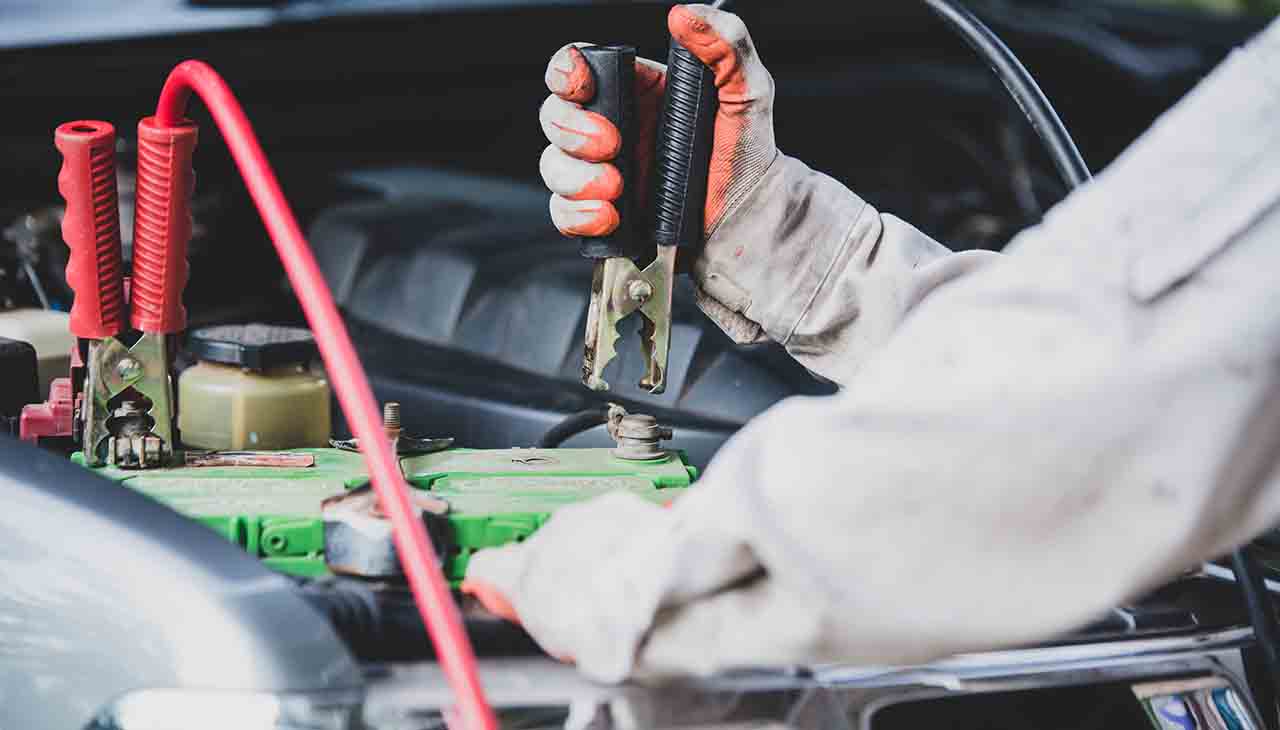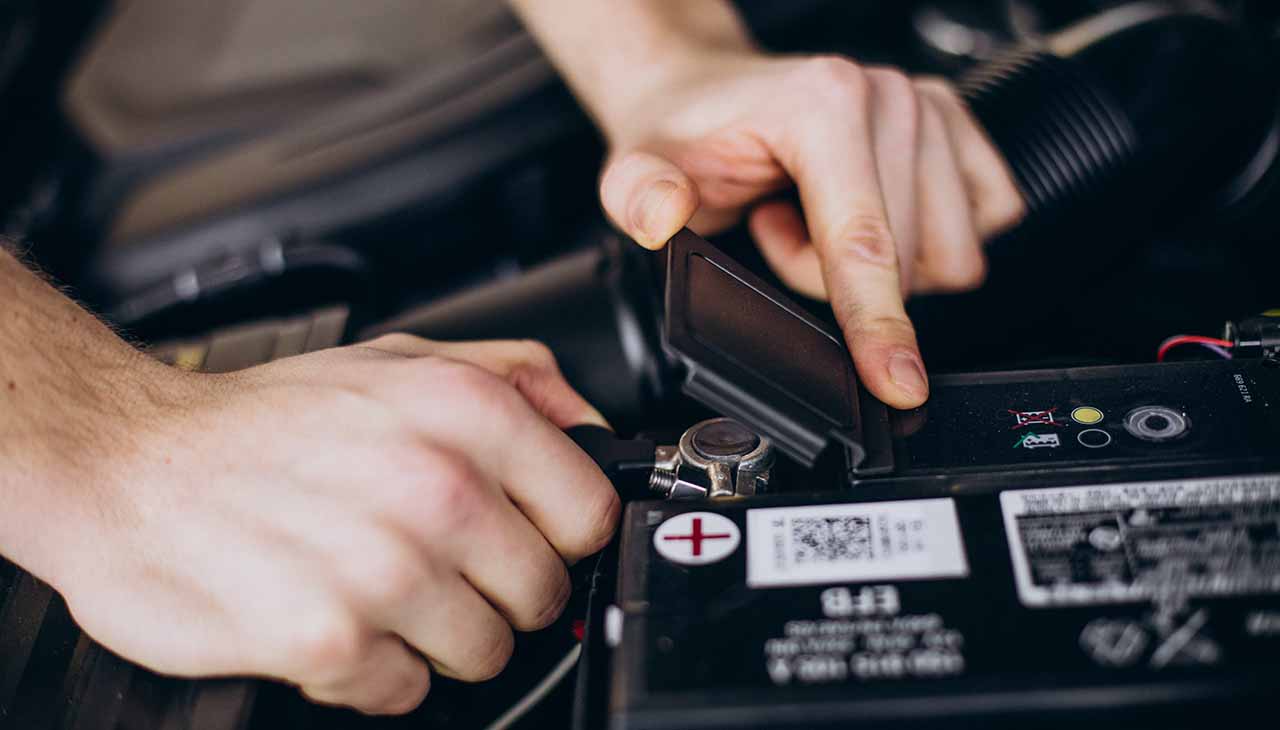
Keep Your Ride Alive How to Diagnose and Fix Common Car Battery Issues
Car owners face countless challenges in vehicle maintenance, but one of the most crucial components to keep an eye on is the car battery. Without a functioning battery, your car won’t start, leaving you stranded. The good news? Many car battery issues are easy to diagnose and fix yourself. This blog post is your ultimate guide to understanding, diagnosing, and fixing common car battery issues, tailored for car owners, DIY enthusiasts, and automotive hobbyists.
Introduction
A car battery is the heart of your vehicle’s electrical system. It powers everything from your engine to your lights and radio. Despite its importance, many car owners overlook battery maintenance until they face issues. Did you know that nearly 50% of all car breakdowns are due to battery problems? Understanding how to maintain and troubleshoot your car battery can save you time, money, and frustration.
In this guide, we’ll explore the basics of car batteries, common signs of trouble, step-by-step diagnostic methods, DIY solutions, and when to seek professional help. By the end, you’ll be equipped with the knowledge to keep your car battery—and ultimately your car—running smoothly.
Understanding the Basics
How a Car Battery Functions
Your car battery is essentially a chemical storage device that converts chemical energy into electrical energy. When you turn the ignition key, the battery sends a jolt of electricity to the starter, which then cranks the engine. Once the engine is running, the alternator takes over, recharging the battery and powering the car’s electrical systems.
Signs of a Failing Battery
Recognizing the early signs of a failing battery can help prevent unexpected breakdowns. Common symptoms include:
- Slow Engine Crank: If it takes longer than usual for your engine to start, your battery might be losing its charge.
- Dim Lights and Electrical Issues: Dimming headlights or malfunctioning electrical components can indicate a weak battery.
- Dashboard Warning Light: Most cars have a battery warning light on the dashboard. If this light comes on, it’s a clear sign that your battery needs attention.
Diagnosing Common Car Battery Issues
Step-by-Step Guide to Testing a Battery’s Health
Testing your car battery’s health is a straightforward process. Here’s how you can do it:
- Check the Voltage: Use a multimeter to measure the battery’s voltage. A healthy battery should read between 12.6 to 12.8 volts when fully charged.
- Perform a Load Test: Turn on the headlights for a few minutes without starting the engine. Then measure the voltage again. A significant drop indicates a weak battery.
- Inspect for Corrosion: Check the battery terminals for corrosion, which can impede electrical flow. Clean the terminals if necessary.
Identifying the Root Cause of Common Problems
Understanding the root cause is crucial for effective troubleshooting. Here are some common issues and their potential causes:
- Dead Battery: Often caused by leaving lights or accessories on, or simply an old battery that has reached its lifespan.
- Slow Cranking: Can be due to a weak battery, poor terminal connections, or a failing alternator.
- Frequent Jump-Starts: If you find yourself frequently needing jump-starts, it might be time for a new battery.
DIY Solutions for Car Battery Issues
Instructions for Safely Jump-Starting a Car
Jump-starting a car is a useful skill. Here’s a safe way to do it:
- Park the Booster Vehicle: Position it close enough so jumper cables can reach both batteries.
- Connect the Jumper Cables: Attach the red clamp to the positive terminal of the dead battery, then to the positive terminal of the booster battery. Attach the black clamp to the negative terminal of the booster battery, and the other black clamp to an unpainted metal surface on the dead car.
- Start the Booster Vehicle: Allow it to run for a few minutes, then try starting the dead car.
- Remove the Cables: Remove them in reverse order and keep the recently jump-started car running for at least 30 minutes to recharge the battery.
Guide to Replacing a Car Battery
Replacing a car battery is simpler than it sounds. Follow these steps:
- Buy the Right Battery: Consult your car’s manual to find the appropriate battery type.
- Disconnect the Old Battery: Always disconnect the negative terminal first, then the positive one.
- Remove the Battery: Lift it out carefully, as it may be heavy.
- Install the New Battery: Place the new battery in the tray, connect the positive terminal first, then the negative terminal.
- Secure the Battery: Ensure it is firmly in place to avoid any movement while driving.
Tips for Battery Maintenance to Prevent Future Issues
Regular maintenance can extend the life of your battery. Here are a few tips:
- Keep Terminals Clean: Corrosion can impede electrical flow. Clean the terminals with a mixture of baking soda and water.
- Check Fluid Levels: Some batteries require distilled water to maintain electrolyte levels.
- Limit Short Rides: Frequent short trips can prevent your battery from fully recharging. Try to combine errands to give your battery ample time to recharge.
Advanced Troubleshooting and When to Seek Professional Help
Exploring Less Common but More Complex Battery Issues
While most battery issues are straightforward, some require more advanced troubleshooting:
- Parasitic Drains: Electrical components that drain power even when the car is off can weaken the battery. This often requires professional diagnostics.
- Faulty Alternator: If the alternator isn’t charging the battery properly, it can lead to recurring battery issues.
- Electrical System Faults: Complex electrical problems may need a technician’s expertise.
When to Consult a Professional for Battery and Electrical System Diagnostics
Knowing when to seek professional help is crucial:
- Persistent Issues: If your battery problems persist despite following DIY steps, it’s time to consult a professional.
- Complex Symptoms: Unusual electrical behavior, like flickering lights or erratic gauges, likely requires expert diagnostics.
- Battery Age: If your battery is over three years old and showing signs of weakness, a professional can assess whether it needs replacing.
Conclusion
Maintaining a healthy car battery is vital for reliable vehicle performance. Regular checks and maintenance can prevent many common issues. By understanding how your battery functions, recognizing signs of trouble, and knowing when to seek professional help, you can ensure your car remains road-ready.
We encourage you to perform regular battery checks and follow the maintenance tips outlined in this guide. If you’ve had your own experiences or tips, we’d love to hear from you. Your insights can help fellow car owners keep their vehicles running smoothly.
Ready to take charge of your car’s maintenance? Share this guide with fellow car enthusiasts and help everyone enjoy a hassle-free driving experience.

